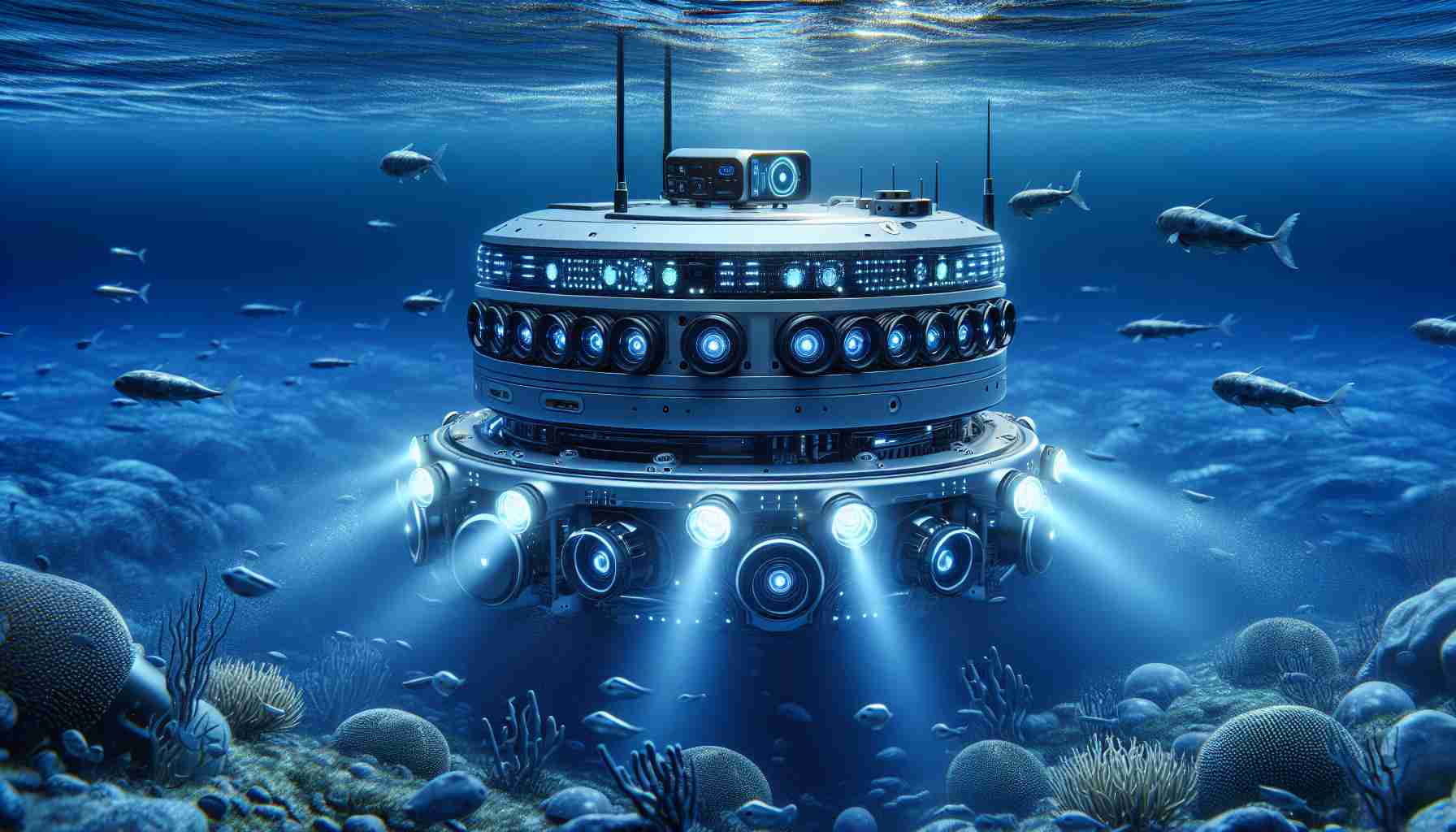Game-Changing Marine Robotics Breakthrough Unveiled
In a groundbreaking development, artificial intelligence is set to revolutionize marine robotics with the introduction of autonomous sensors capable of making independent decisions. This cutting-edge advancement was showcased at the 14th edition of the Glider School, hosted by the Oceanic Platform of the Canary Islands (Plocan) in Taliarte. From October 21 to 25, leading manufacturers from around the world gathered to explore the latest innovations in marine sensory technology, alongside discussions in the European project MINKE, which aims to advance marine metrology research.
A Leap Forward in Autonomous Marine Vehicles
The annual Glider School focuses on educating the next generation of marine robotics technicians and pilots, with this year’s emphasis on advanced sensory systems, which are crucial for the functionality of marine gliders. Industry leaders exhibited novel sensor technologies, preparing participants for the evolving demands of the field.
AI-Powered Sensors: The Future of Ocean Exploration
Emerging trends in marine sensory technology include the “digital ocean” concept, where interconnected AI-driven sensors collaborate to autonomously navigate and gather oceanographic data. These intelligent sensors are now capable of measuring various ocean parameters, from temperature and salinity to noise and pollution, all while communicating and making decisions through AI algorithms, explained representatives from RBR Global.
Standardization and Interconnectivity Lead the Way
Key figures highlighted the shift towards interoperability and standardization, ensuring that sensors from various manufacturers can seamlessly integrate into different platforms, akin to universal USB connections. This fosters a more cohesive data collection environment across marine vehicles, buoys, and drones, ultimately enhancing the accuracy and accessibility of oceanographic data for stakeholders globally.
Unlocking the Secrets of the Ocean with Advanced Marine Robotics
As marine robotics continues to progress at an astounding pace, enthusiasts and professionals alike are keen to understand how these advancements can impact their lives and the broader world. Here are some tips, life hacks, and fascinating facts related to this cutting-edge field.
1. Embrace AI Integration
Artificial intelligence is not just a buzzword in marine robotics; it’s a game-changer. When dealing with or investing in marine technology, look for devices that incorporate AI-driven sensors. These sensors are designed to make independent decisions, allowing for more efficient and accurate oceanographic data collection. To dive deeper into AI technology, explore resources from IBM, a leader in AI research and development.
2. Stay Updated on Standardization Efforts
To maximize the effectiveness of your marine robotics gear, ensure it supports the latest standardization and interoperability protocols. This avoids compatibility issues and enables seamless integration with other technologies. Keeping up to date with organizations like the International Electrotechnical Commission (IEC) will help you stay informed on these evolving standards.
3. Consider the Digital Ocean
The concept of a ‘digital ocean’ is rapidly becoming a reality. By using interconnected networks of sensors, marine explorers can now collect real-time data across vast oceanic expanses. This digital transformation allows for unprecedented insights into the ocean’s health and ecosystems. To learn how you can leverage this technology, check out Esri for GIS mapping solutions that work hand-in-hand with marine data.
4. Become Part of the Blue Economy
Understanding the potential of marine robotics can open up opportunities in the burgeoning blue economy. Whether it’s developing sustainable fishing techniques or monitoring marine environments, businesses and professionals can position themselves at the forefront of oceanic innovation. For insights into the blue economy, visit World Economic Forum.
5. Participate in Education and Training
Education programs like the Glider School mentioned in the previous article are crucial for fostering the next generation of skilled technicians and pilots. Engaging with such educational initiatives can give you a competitive edge in this dynamic field. Following institutions such as the Massachusetts Institute of Technology can provide additional learning resources.
Interesting Facts About Marine Robotics
– Autonomous Gliders: These silent and efficient unmanned vehicles can travel thousands of miles collecting data, all the while using minimal energy. They often resemble torpedoes in shape but rely on buoyancy changes to propel through the ocean.
– Endless Applications: From environmental monitoring to supporting search and rescue missions, marine robots are versatile and adaptable to numerous sectors, including military and research.
– Oceanographic Markers: Intelligent sensors are not limited to collecting data; they help in identifying particular oceanographic changes and trends that might have been previously overlooked.
Incorporating these tips and insights into your exploration of marine robotics can not only enhance your understanding but also motivate you to take an active role in this transformative technology.








